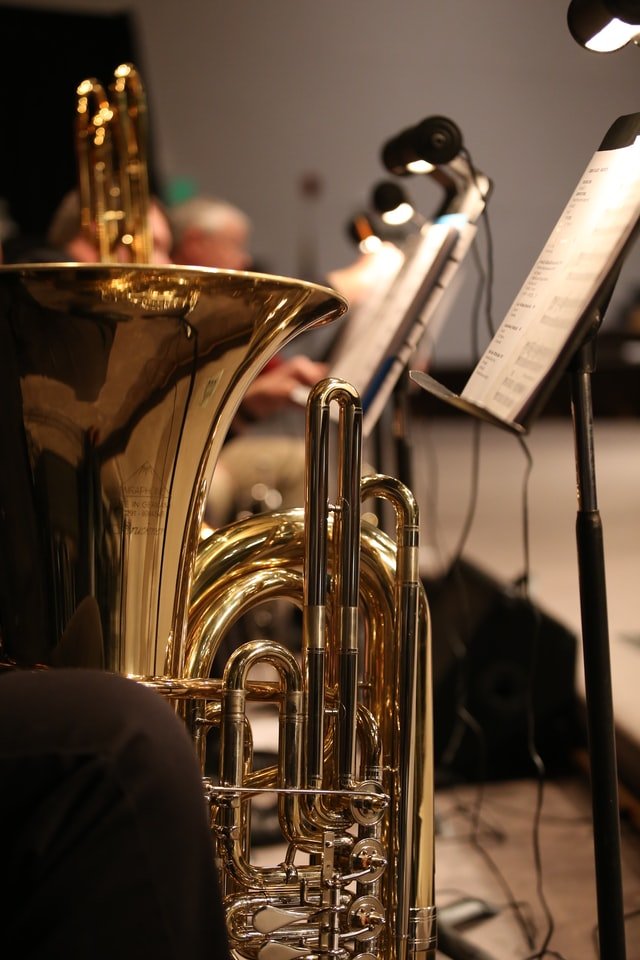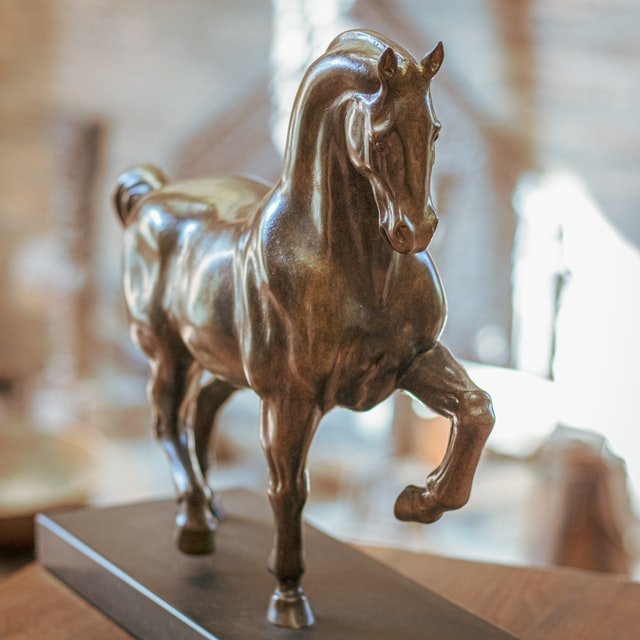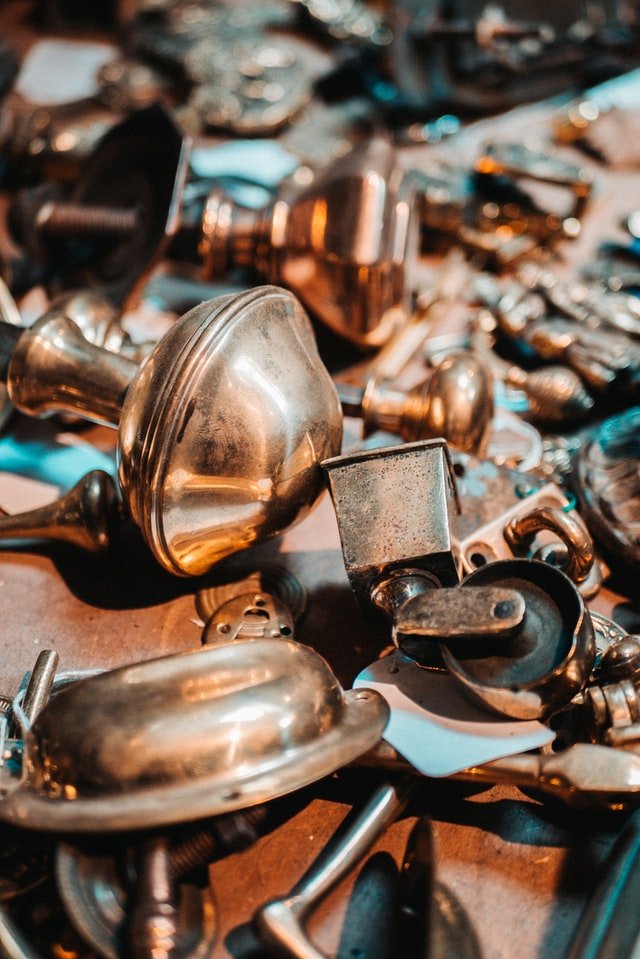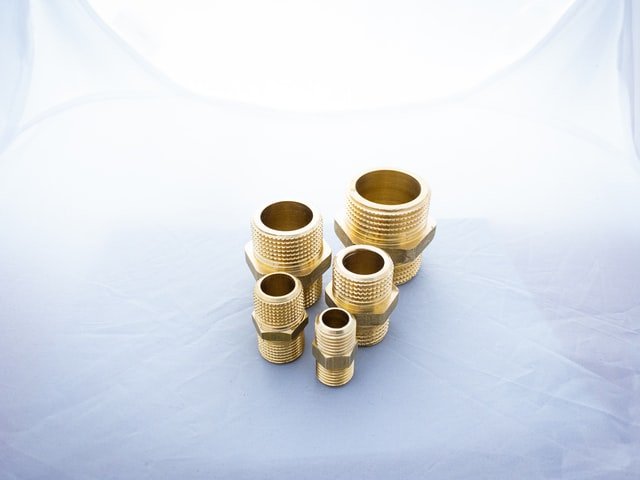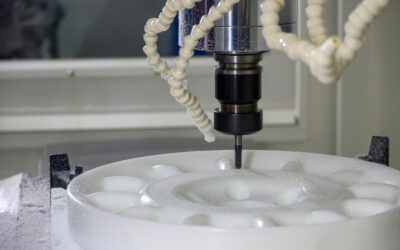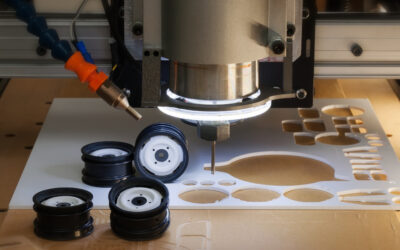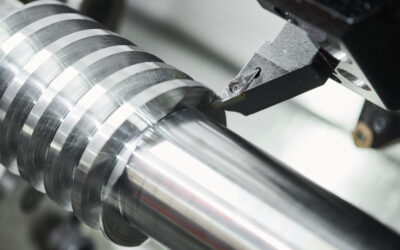Brass and bronze both belong to the class of copper alloys that have been used for centuries. Although both metals share common characteristics, the truth is these metal alloys are quite different in their applications and appearance. Both “red metals” contain copper, along with other elements that give them their distinctive properties. Thanks to this, the two metals are frequently used to create objects we use daily like doorknobs, musical instruments, springs, and more. This article will compare the two alloys and discuss their main differences.
What Is Brass?
Brass is primarily composed of copper and zinc. Back in 500 BC, brass could have never been discovered since it requires two pure metals. Zinc is rarely found in its natural state; therefore, back then, it would have been almost impossible to make this discovery. However, people eventually attempted to smelt copper together with the zinc ore, which resulted in the alloy of dull gold color that we know today as brass.
The ore of zinc, when heated, releases pure zinc, and once it is combined with copper, gives the desired result. Due to the low melting point of the brass, it is relatively easy to use as a material and so was originally used to produce all sorts of things we wouldn’t use it for today.
Now, other metals like iron, aluminum, and manganese can be added in order to alter the properties and color of the brass. While the high zinc content increases the durability and ductility of the brass, it is the addition of manganese that makes brass corrosion resistant.
Based on the copper-zinc combination, there can be three types of brass:
- Alpha brass – This type contains about 36% zinc and has great corrosion resistance.
- Alpha-Beta brass – This type contains about 37-45% zinc. It can lose its color and even strength due to a process called dezincification.
- Beta brass – Containing about 45-50% zinc, beta brass is more robust when compared to the other types.
Properties of Brass
With a relatively low melting point of 900 centigrade, brass alloys are easier to work with compared to pure copper or zinc. Along with other metals such as aluminum and manganese, it has high corrosion resistance and also exhibits antimicrobial properties. Brass is also easy to cast, and it can be accurately machined with CNC machining.
Applications of Brass
Since brass has antibacterial qualities (especially given its high manganese content), it is usually used to manufacture objects of daily use like door knobs, zippers, and locks. Its high corrosion resistance allows the metal alloy to also be used for manufacturing tools, gears, and parts for electronics. Solid brass, when polished, has a rich color which means it is favored by creative decorators and sculptors across the globe. Muted yellow brass has additional acoustic properties and so is often used to make musical instruments (e.g., trumpet, cornet, and trombone) and parts for them (e.g., guitar strings).
What Is Bronze?
A revolutionary discovery that preceded brass is bronze. The use of bronze dates back to 3500 BC and led to the infamous Bronze Age. The first signs of its usage come from the archaeological remains of the ancient Sumerians, who are thought to have used this durable metal alloy to create tools. To create bronze, copper and tin ore were smelted together to create the now well-known reddish-brown alloy.
Now, bronze is a metal alloy still consisting primarily of copper and tin, but with the addition of other metals like aluminum, arsenic, manganese, phosphorus, and silicon that enhance its structural and aesthetic properties. Common bronze alloys include:
- Aluminum bronze
- Phosphor bronze
- Leaded bronze
- Silicon bronze
- Manganese bronze
Properties of Bronze
Bronze and brass have a similar melting point, with pure bronze’s being 950 centigrade; however, it can vary depending on the amount of tin in it. Bronze has good corrosion resistance, especially seawater corrosion resistance. In contrast to other metals, bronze is a better conductor of electricity than steel. Bronze is also hard and brittle, although less so than cast iron. One more valuable property it has is its low friction against other metals, meaning it does not spark.
Applications of Bronze
Since bronze resists corrosion and it is a strong alloy, it is used for manufacturing all sorts of things. Both brass and bronze are less brittle than cast iron and have a low melting point of 900 and 950 centigrade. Bronze has a bit of advantage over brass since it is also a low friction alloy and has good electrical and thermal conductivity.
Bronze is used to manufacture marine hardware, boat and ship fittings, electrical connectors, and automobile transmission pilot bearings, among other things. You can often spot a cast bronze sculpture of reddish-brown color – a popular choice for statues. Bronze can also be machined through CNC turning to create any desired part with precision.
Brass vs. Bronze: A Comparison Table
Here is a table to illustrate the main differences when it comes to brass vs. bronze. It covers the main categories like composition, color, melting point, thermal conductivity, corrosion resistance, properties, and applications.
| Bronze | Brass | |
| History | 1500 BC | 500 BC |
| Composition | Copper and tin | Copper and zinc |
| Color | Reddish-brown | Dull gold |
| Melting point | 950 centigrade | 900 centigrade |
| Thermal conductivity | 24 W/m-K | 120 W/m-K |
| Corrosion resistance | Excellent corrosion resistance (especially seawater corrosion) | Good corrosion resistance |
| Properties |
|
|
| Application |
|
|
Differences Between Brass and Bronze
Color. Brass and bronze differ in color – the former is muted yellow, and the latter is reddish-brown.
Ductility. If the metal slightly bends without cracking, then it is most likely brass.
Saltwater corrosion. Bronze is resistant to seawater corrosion – if you submerge the two metals into salt water, brass will go through the dezincification process.
Magnetism. Another way to identify brass and bronze apart from steel is to use a magnet. Both brass and bronze are not magnetic, as copper and zinc create a non-magnetic compound.
Application. Brass and bronze are strong and durable metals, but they are used for different things. Brass is often chosen for musical instruments and electrical connectors; bronze is more suitable for submerged bearings, boat and ship fittings, and electronic springs.
Metal composition. Bronze contains copper alloy with tin present, among other elements, and brass is a mixture of copper and zinc, among other non-metals.
Melting point. Both brass and bronze have low melting points of 900 and 950 centigrade, respectively, so it is brass that melts more easily.
Conclusion
Bronze was discovered as early as 3500 BC, while brass was first used much later in 500 BC. There are more differences than similarities between bronze and brass. However, it doesn’t make one of them better than the other – they simply are suitable for different applications and uses.
If you are ever in need of precision machined parts made of brass or bronze, contact us today to learn more about our high-quality services. If you want to receive a quote right away, do so by uploading the parts you want to produce alongside a short description and your contact details.

